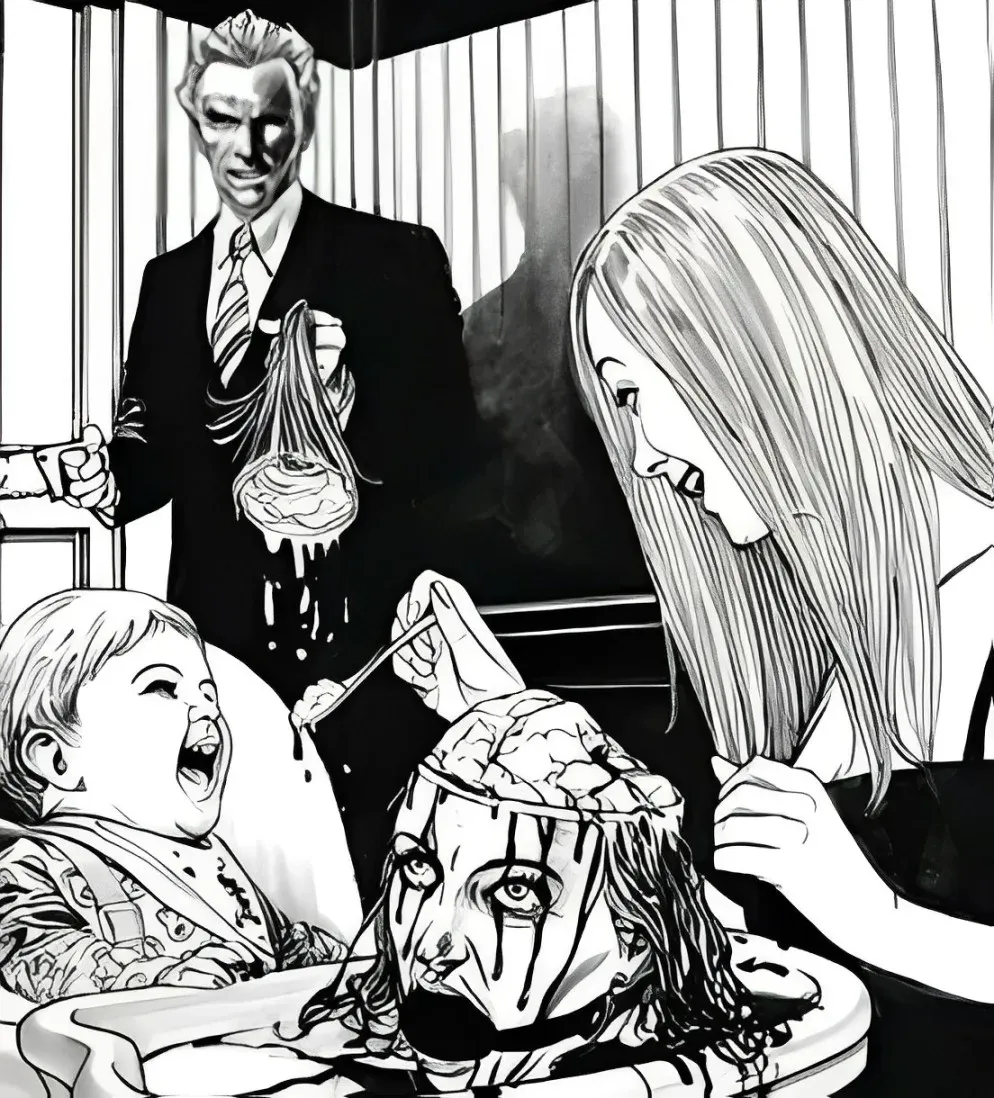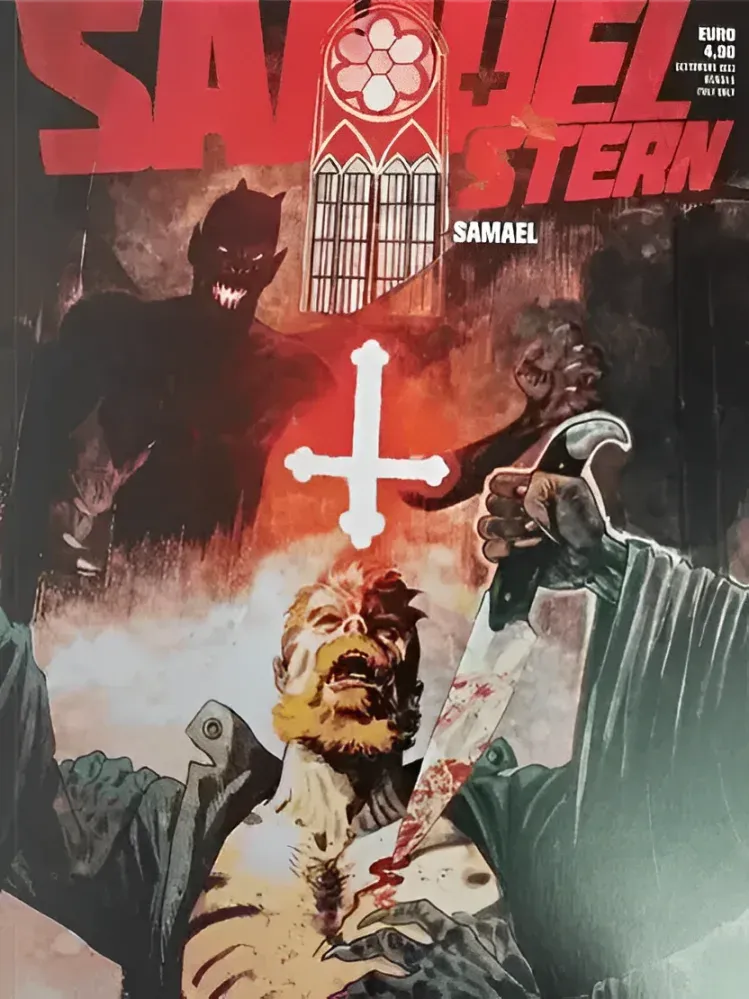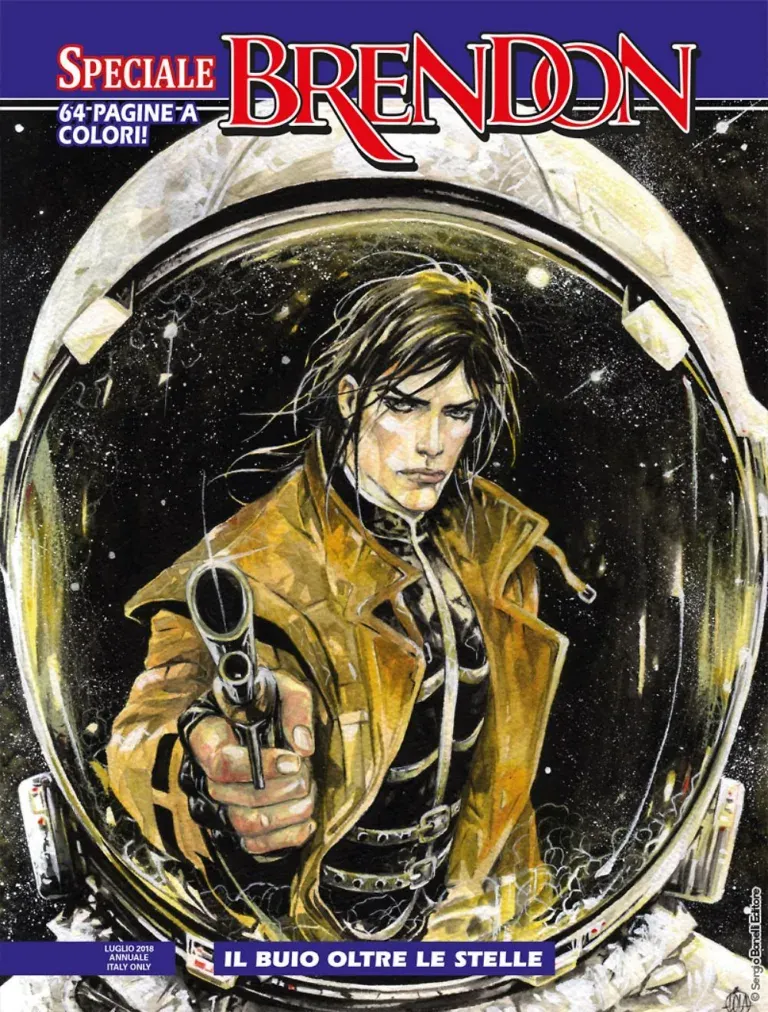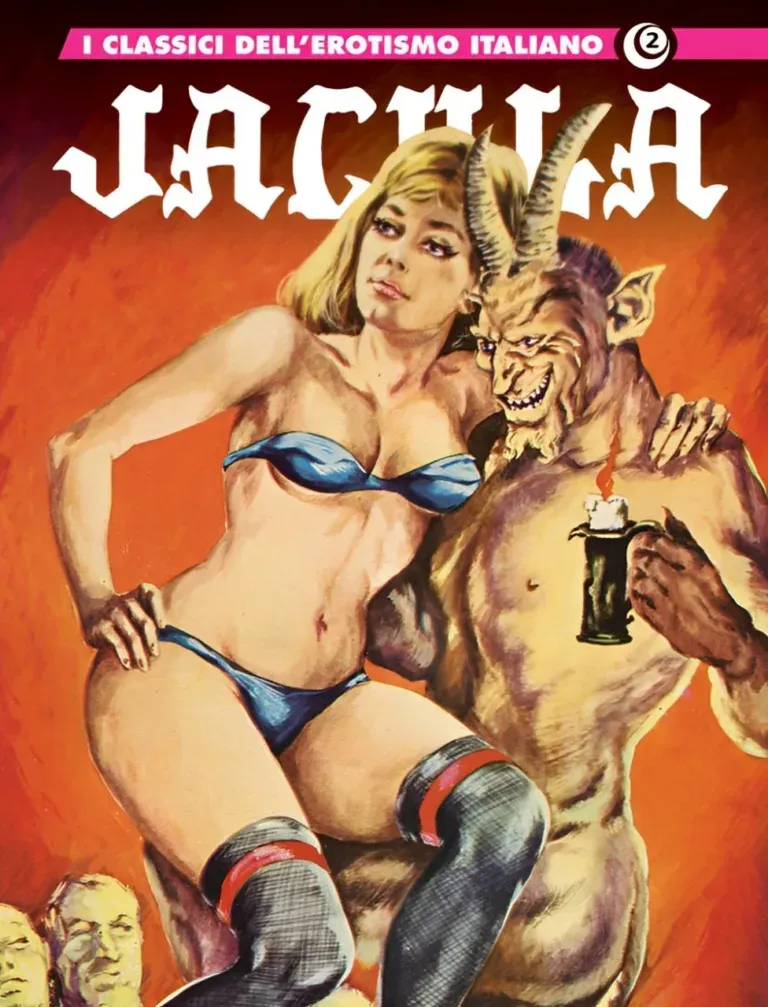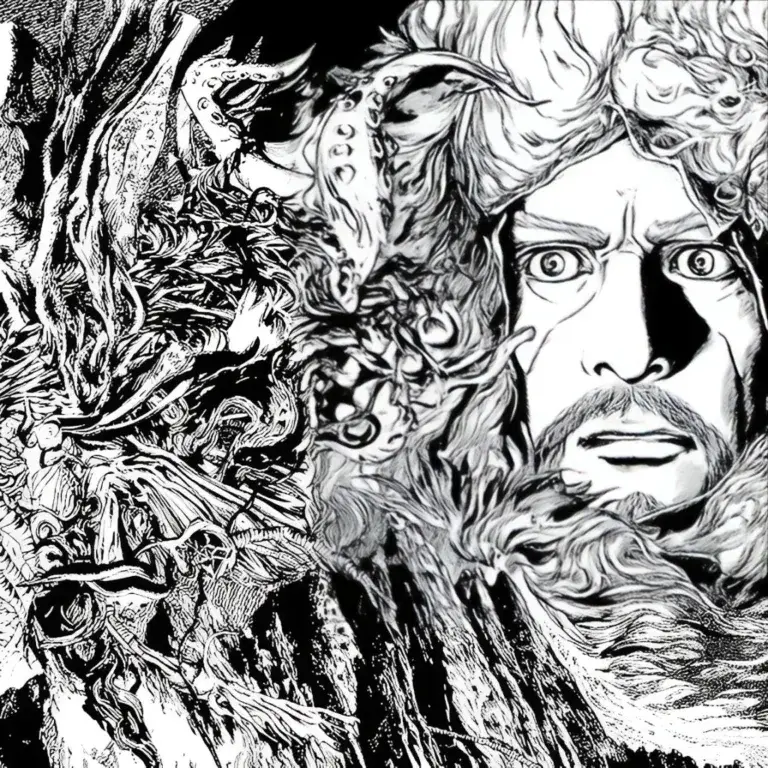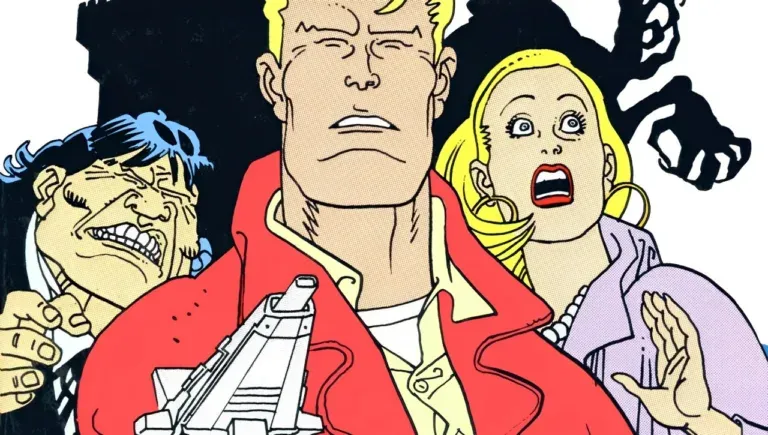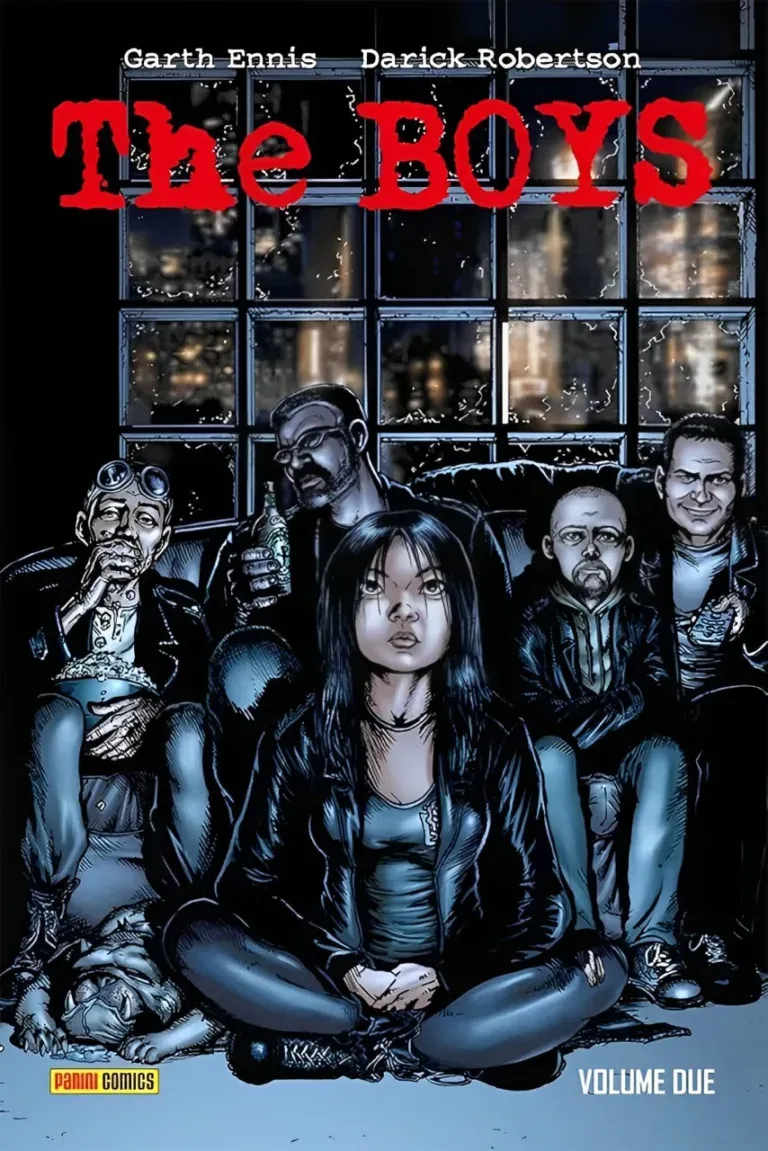The Cannibal Family
“The Cannibal Family” is one of the most distinguished Italian horror comics for its ability to probe the depths of the human soul, transporting readers to a dark, irredeemable world. Created by Stefano Fantelli and Rossano Piccioni and published by Edizioni Inkiostro, this comic breaks every convention, pushing beyond the boundaries of traditional horror and leaving a trail of reflection that lingers well beyond the final page. Through the story of a family of cannibals, “The Cannibal Family” explores deeply disturbing themes intertwined with a ruthless analysis of human nature.
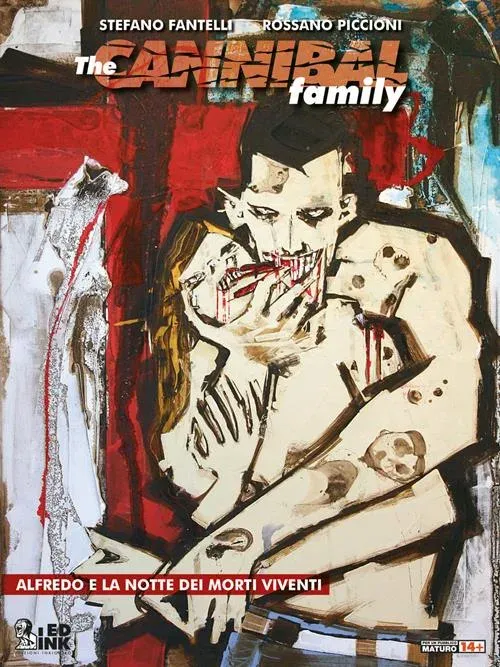 The story follows the Petronio family, a dynasty of cannibals who, generation after generation, perpetuate an ancient tradition of violence and cruelty. This isn’t just a series of splatter episodes; each act of cannibalism is loaded with meaning, interwoven with a dark past that marks every family member. The Petronios are complex characters, with nuanced psychologies offering a brutal yet fascinating look into deviance and the desire for power. The series spares readers no graphic or disturbing scenes, but every detail is crafted to propel a plot filled with tension and moral ambiguity.
The story follows the Petronio family, a dynasty of cannibals who, generation after generation, perpetuate an ancient tradition of violence and cruelty. This isn’t just a series of splatter episodes; each act of cannibalism is loaded with meaning, interwoven with a dark past that marks every family member. The Petronios are complex characters, with nuanced psychologies offering a brutal yet fascinating look into deviance and the desire for power. The series spares readers no graphic or disturbing scenes, but every detail is crafted to propel a plot filled with tension and moral ambiguity.
One of the most captivating aspects of “The Cannibal Family” is its use of visual style to amplify the psychological horror of the storyline. The choice of dark, almost oppressive black and white creates a claustrophobic atmosphere that engulfs each panel. Rossano Piccioni, co-creator and lead artist, endows the characters with expressions of pure malice, revealing their corrupt and unstable nature. The lack of vivid colors makes the scenes of violence even more powerful and unforgettable, reinforcing the idea that evil needs no embellishment.
The themes addressed are deeply disturbing, going well beyond graphic horror: “The Cannibal Family” touches on subjects like moral degeneration, intergenerational trauma transmission, and the corruption that lurks within power. Readers are led to reflect not only on the brutality of the Petronio family’s actions but also on the society that permits such atrocities. This is horror that seeps under the skin, challenging moral certainties and leaving readers with a lingering sense of unease.
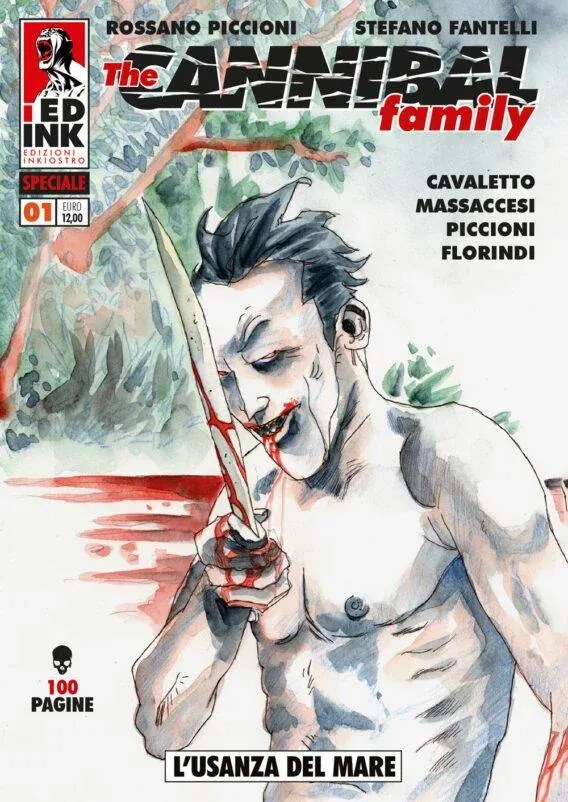 The comic doesn’t just narrate a story of cannibalism; it makes us question our own moral and social conventions. Each volume adds psychological details and developments that make reading it an almost voyeuristic experience, as though the reader is an invisible witness to the most intimate and gruesome acts. This dynamic creates an almost perverse connection between the reader and the Petronio family, pushing them to question their own moral boundaries and how much society is willing to tolerate.
The comic doesn’t just narrate a story of cannibalism; it makes us question our own moral and social conventions. Each volume adds psychological details and developments that make reading it an almost voyeuristic experience, as though the reader is an invisible witness to the most intimate and gruesome acts. This dynamic creates an almost perverse connection between the reader and the Petronio family, pushing them to question their own moral boundaries and how much society is willing to tolerate.
Ultimately, “The Cannibal Family” represents a milestone in Italian horror comics, capable of shocking and captivating anyone willing to confront the darkest sides of the human mind. For genre enthusiasts, this comic is a must-read: not only for its shocking content but also for its ability to offer a profound and ruthless analysis of our humanity.
The Ruthlessness of the Petronios: Cannibalism as Tradition and Crime
In the rawest moments of “The Cannibal Family,” the Petronios stage true ritual banquets, where each act of cannibalism is treated as a macabre family celebration. Their victims, often individuals deceived and trapped with calculated precision, are brought to die slowly, sometimes chained or overcome with fear. The Petronio family engages in gruesome mutilations and cannibalistic rituals in which human blood and suffering are nothing more than a “tribute” to keep their tradition alive. The atmosphere fills with a mix of tension and disgust, making it clear that for the Petronios, cannibalism is not only a violent act but a twisted form of heritage.
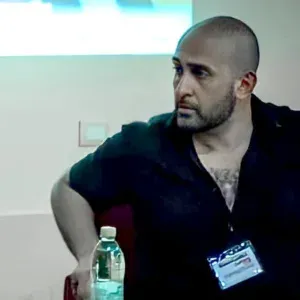 One of the most disturbing elements of the comic is the psychological manipulation exercised on the younger members of the family. Anyone showing even a hint of hesitation or remorse is subjected to terrible trials, one of which forces a young family member to commit their first act of cannibalism under the relentless gaze of their relatives. This scene represents a dark initiation, an obligatory rite of passage for those wishing to be accepted within the clan. Every act of inflicted and endured violence becomes a confirmation of their commitment, a mark of belonging that chains every Petronio to a cycle of intergenerational horrors.
One of the most disturbing elements of the comic is the psychological manipulation exercised on the younger members of the family. Anyone showing even a hint of hesitation or remorse is subjected to terrible trials, one of which forces a young family member to commit their first act of cannibalism under the relentless gaze of their relatives. This scene represents a dark initiation, an obligatory rite of passage for those wishing to be accepted within the clan. Every act of inflicted and endured violence becomes a confirmation of their commitment, a mark of belonging that chains every Petronio to a cycle of intergenerational horrors.
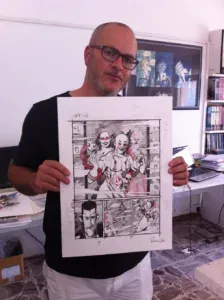 The victims, treated as mere tools of power and sadism, are often dragged into perverse games where their despair is amplified to satisfy the family’s sick taste. No one is safe: men, women, even children, are sacrificed in rituals that push readers to question the limits of horror. This is not just physical violence but a profound moral abyss that drags the Petronios and those around them into a spiral of madness without return. Thus, the comic brings horror to a level that challenges even the toughest readers, showing how the Petronio family makes cannibalism the foundation of a monstrous worldview.
The victims, treated as mere tools of power and sadism, are often dragged into perverse games where their despair is amplified to satisfy the family’s sick taste. No one is safe: men, women, even children, are sacrificed in rituals that push readers to question the limits of horror. This is not just physical violence but a profound moral abyss that drags the Petronios and those around them into a spiral of madness without return. Thus, the comic brings horror to a level that challenges even the toughest readers, showing how the Petronio family makes cannibalism the foundation of a monstrous worldview.
 Subscribe to our YouTube channel
Subscribe to our YouTube channel
Come explore the world of Horror Comics
